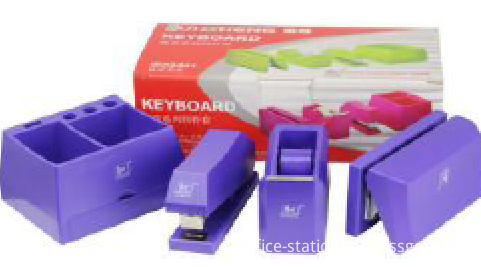Why control the amount of ink? Only by controlling the amount of ink, can produce a qualified exquisite, printed matter; and only control the amount of ink to increase the printing speed: Then control the amount of ink can reasonably reduce the cost of the product. How to control the amount of ink? First we must understand the law of ink in order to achieve control of the amount of ink.
What is the law of inking? The following is a summary of four aspects:
(1) The depth and depth of the printing plate determines the size of the ink. That is, the printing plate pattern is heavily inked, whereas the ink volume is small.
(2) The hardness and pressure of the embossing roller affect the amount of the ink; the material of the embossing roller has a large amount of soft ink, whereas the material has a small amount of hard ink. The pressure of the embossing roller is large, and the amount of ink is large. On the contrary, the pressure is small and the amount of ink is small.
(3) The viscosity (concentration or thickening) of the ink affects the amount of ink applied. The ink has a large viscosity (thick concentration) and a large amount of ink, while the viscosity is small (low or dilute) and the amount of ink is small.
(4) The speed of printing affects the amount of ink: The printing speed is fast and the amount of ink is large, whereas the printing speed is slow and the amount of ink is small.
In addition to the decision to print large and small ink is the printing plate, the ink's viscosity (ink concentration or consistency) is the most important factor affecting the size of the ink; but also an important factor affecting the printing speed. The viscosity of the ink is measured and the thinness of the ink is a sensory appearance. The two are closely linked. Although the stickiness is not equal to the thick one, the results can be inseparably measured when actually using the paint cup and the Zahn cup. Therefore, in order to facilitate the understanding of everyone, the following is to explain the viscosity instead of the viscosity, that is, the viscosity is called thick, small viscosity is called thin.
Then when the pattern of the printing plate is deep, thick ink is required, otherwise ghosting will occur, and the phenomenon of halo printing will occur; conversely, the printing plate pattern is light and the ink is thin, otherwise the dry plate will be inked incompletely, that is, the plate blocking phenomenon. Printing speed ink need to be thin, otherwise there will be the phenomenon of scraping ink is not clean, running ink, knife line, eat ink, fake dry and other phenomena are related to the thick ink has a great relationship. On the contrary, the printing speed is slow, and the ink must be thick. Otherwise, water marks will appear on the printed matter.
Summarizing the above four sentences:
1, printing plate pattern dark ink to thick;
2, printing plate pattern light ink needs thin;
3, printing speed faster ink needs thin;
4, printing speed slow ink to thick.
If you can understand these words thoroughly, remember them well, and apply good words, then everyone will become an expert in printing ink and can produce qualified products.
Source: Shanxi Eagle Ink Company

